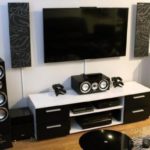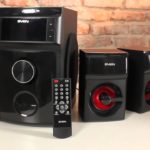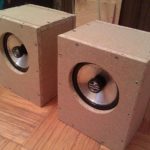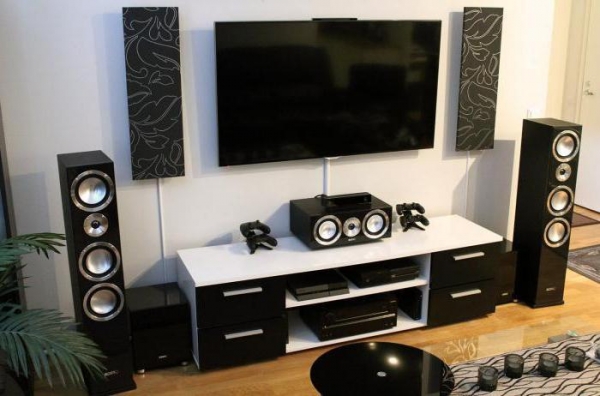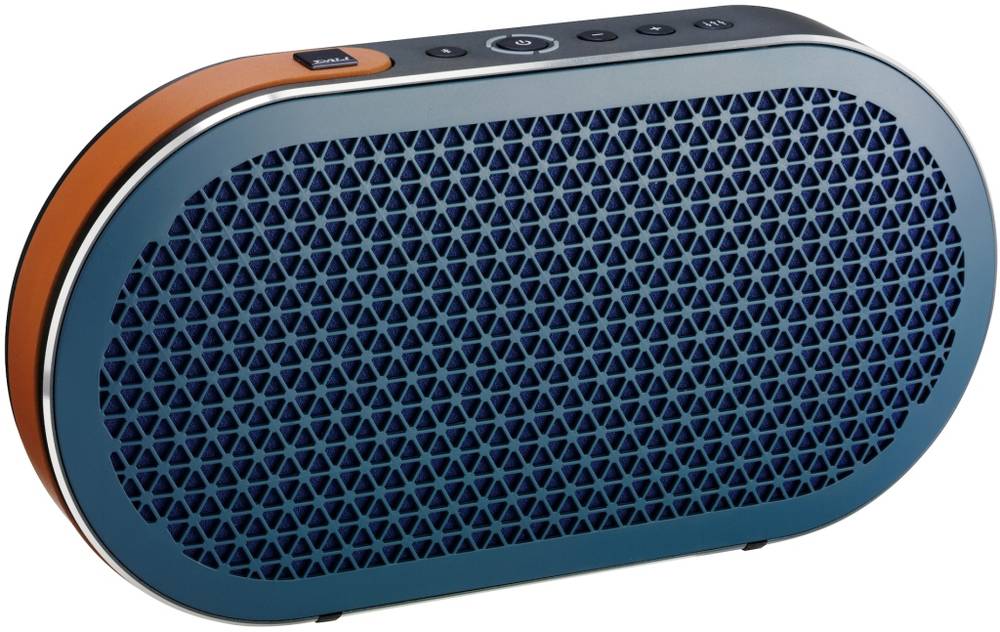How to choose speakers for your car
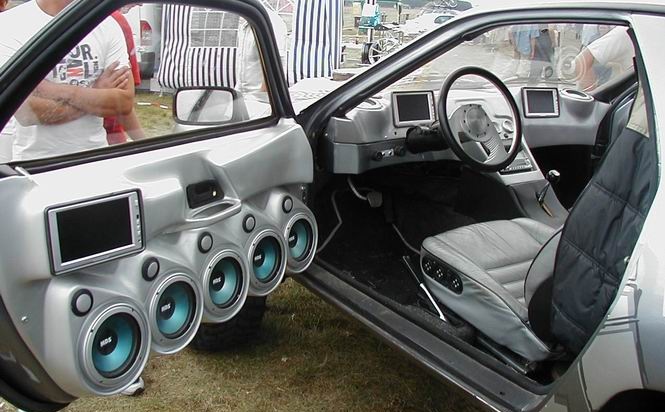 Most cars have a basic configuration with a minimum set of options, the list of which does not include an acoustic system (AS). Being able to install it yourself can often save you a fair amount of money. To do this, you should first understand in more detail which speakers to choose for your car.
Most cars have a basic configuration with a minimum set of options, the list of which does not include an acoustic system (AS). Being able to install it yourself can often save you a fair amount of money. To do this, you should first understand in more detail which speakers to choose for your car.
The content of the article
Criteria for choosing speakers for a car
Choosing the right system is a complex process that requires certain knowledge. Even the most expensive system does not guarantee the expected high sound quality if it is not selected correctly. This requires knowledge of the characteristics, functions and rules for choosing acoustics.
Size
The size of the speakers is determined by the length of the diagonal of the diffuser. The larger it is, the better the low-frequency sound is reproduced. On the contrary, high frequencies are reproduced better by small speakers. A simple version of a component speaker includes 2 speakers with a diagonal of 17-18 cm (low frequencies), 2 with a diagonal of 10-12 cm (medium), 2 with a diagonal of 3-5 cm (high).
Attention! Speakers are selected based on the size of standard technological holes for installing speakers, depending on the car model.

Power
There is a rule for choosing speaker power: it should not exceed the outgoing power of the car radio.Failure to comply with this condition will result in the speakers working “idle”, when it is impossible to improve the sound.
There are operating (nominal) and peak power of speakers. The first means a parameter at which the speakers operate for a long period of time without interference and the likelihood of breakdown. The second is the maximum possible sound level over a short period of time. The higher the values of both parameters, the louder and more powerful the sound the system produces. These parameters are listed among the descriptive characteristics of the speaker.

Diffuser material
The material used for the diffuser also affects the sound quality. The main criterion for its selection is the ability to propagate sound at maximum speed. In this case, the mass of the material should tend to a minimum, and rigidity - to a maximum.
Depending on the material used, diffusers are:
- Polypropylene (plastic) - provide good sound, especially in the mid-frequency range, at a budget price.
- Paper - they produce high sound quality, but in conditions of high humidity they absorb water, which leads to a change in mass and a decrease in the damping coefficient. Paper models are reinforced with felt, wool, less often rubber, as well as moisture-resistant impregnation.
The tweeter membranes are made of silk, titanium or aluminum. These materials provide high strength with light weight. For the manufacture of mid- and low-frequency speakers, paper with additives, ceramics, and wood are used.

Reference! The cost of a polypropylene diffuser is several times lower than the cost of a paper diffuser.
Sensitivity
Sensitivity or sound pressure is considered a priority indicator when choosing speakers.It determines the efficiency of converting electrical energy into sound energy. The higher the sensitivity factor, the higher the volume of the sound produced. The optimal sound pressure level is 92-94 dB. Speakers with lower power but higher sensitivity can produce louder sound.

Speaker levels
The acoustic systems offered on the market are divided into three groups:
- A wideband speaker is the most affordable and popular type, allowing you to listen to the radio in a quiet audio background mode. It is a single column that produces the entire spectrum of frequencies.
- Coaxial - includes several speakers located in a single housing. Each of them is responsible for its own frequency level (low, medium, high). The quality of playback is significantly improved. Well in demand by car owners due to decent sound at an affordable price.
- Component - unlike the previous one, it consists of speakers with different frequency levels, having an individual housing. A simple version includes 2 LF and MF speakers and 2 HF speakers. More expensive systems include a subwoofer or crossover.
Attention! Component systems have maximum flexibility in sound settings and wide layout options.
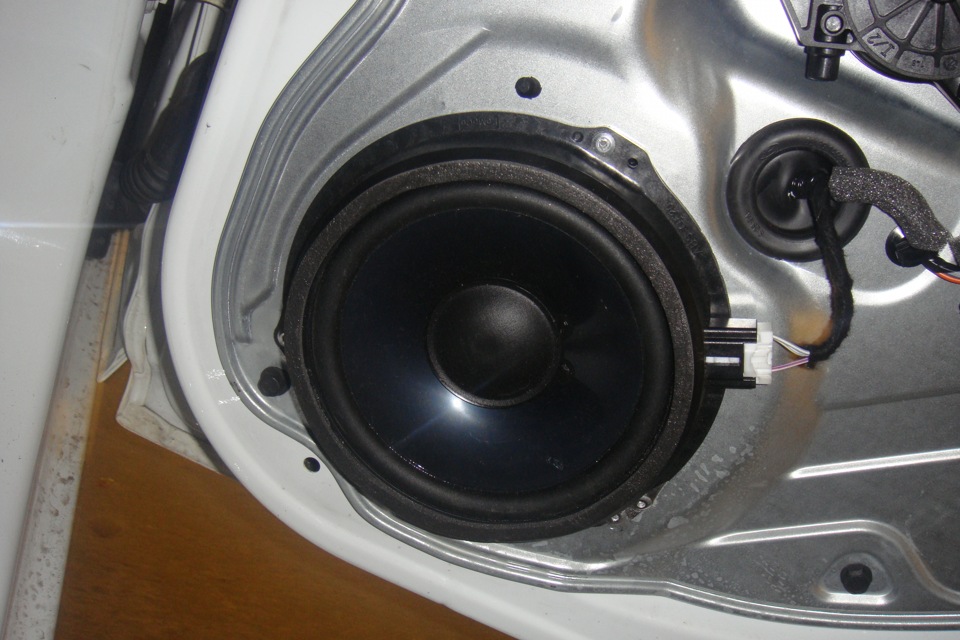
Choice depending on the mounting location
In most modern car models, special holes for installing speakers are located in the doors. Most often, their size is 16.5 cm or 13 cm. Installation in standard places preserves the factory design of the car and does not require additional preparation. If the speaker is not suitable for installation in the technological hole in size, it is installed in the door on the podium or in specially prepared and selected places.
For front acoustics, two or less often three-component systems are chosen, which require the preparation of special places, since standard ones are not provided for them. If there are no strict requirements for sound quality, coaxial front speakers are installed. This is also true if the placement of a component system is difficult. Front speakers are installed in the front doors. High frequency speakers (tweeters) are usually mounted on the A-pillars.
Important! For high-quality sound in a car, it is enough to install front speakers and two tweeters on the A-pillars.
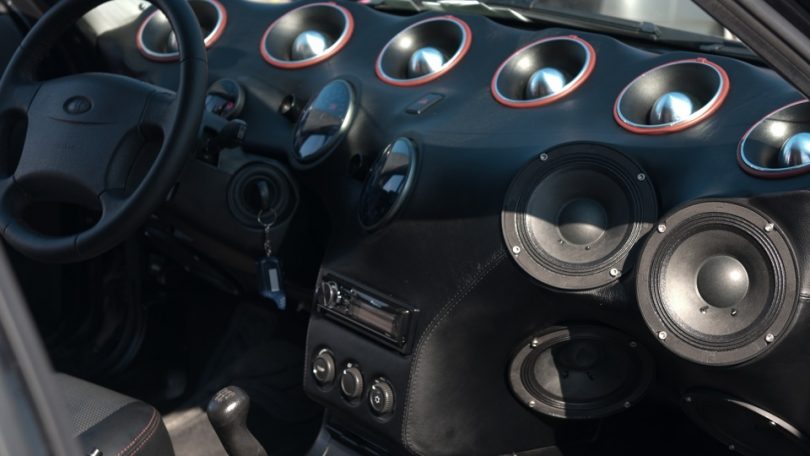
Rear acoustics provide comfortable sound for passengers sitting in the back. Coaxial systems are almost always used for it, although component systems are also installed upon request. The speakers can be placed in the rear doors and the subwoofer in the trunk to provide space between them.

